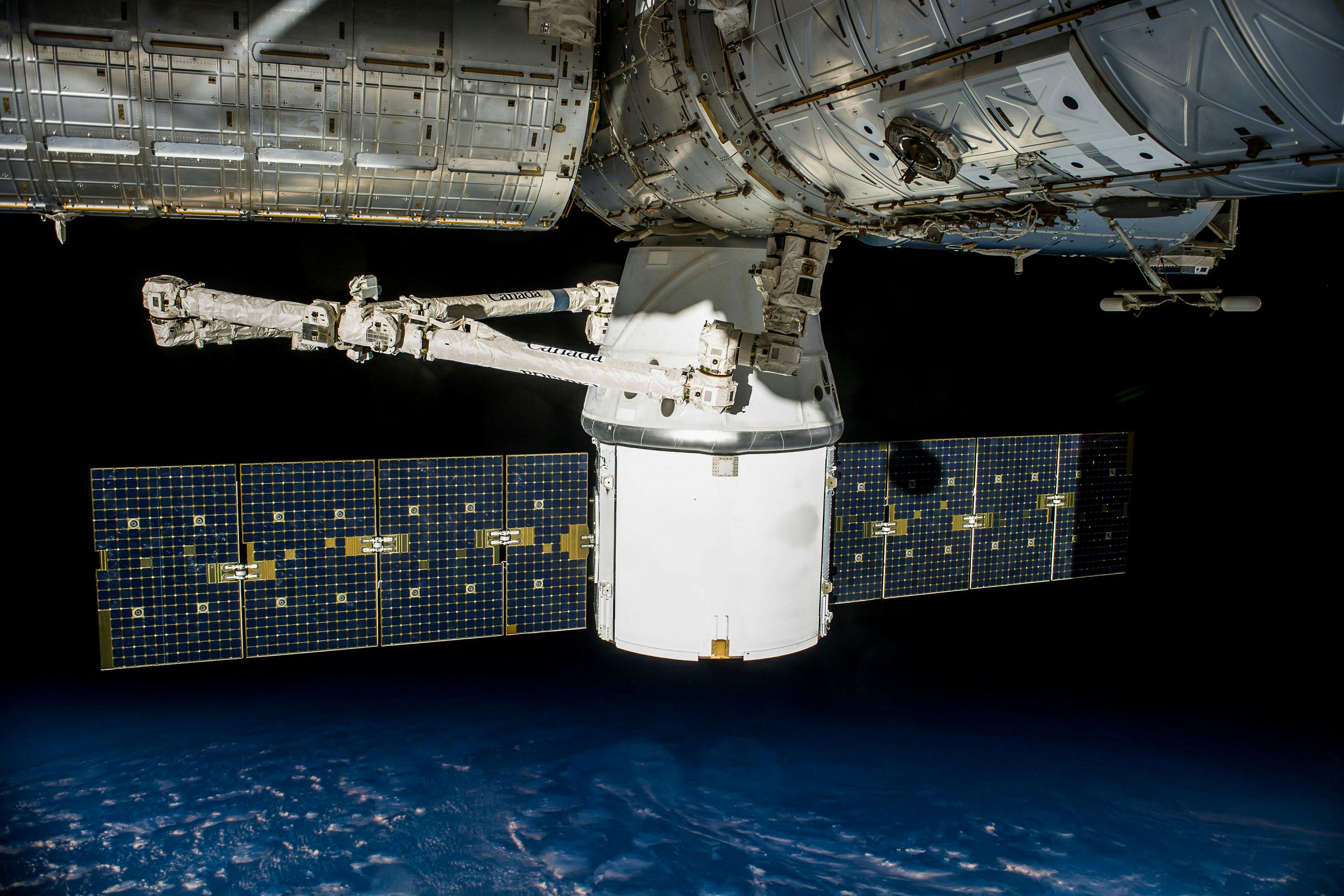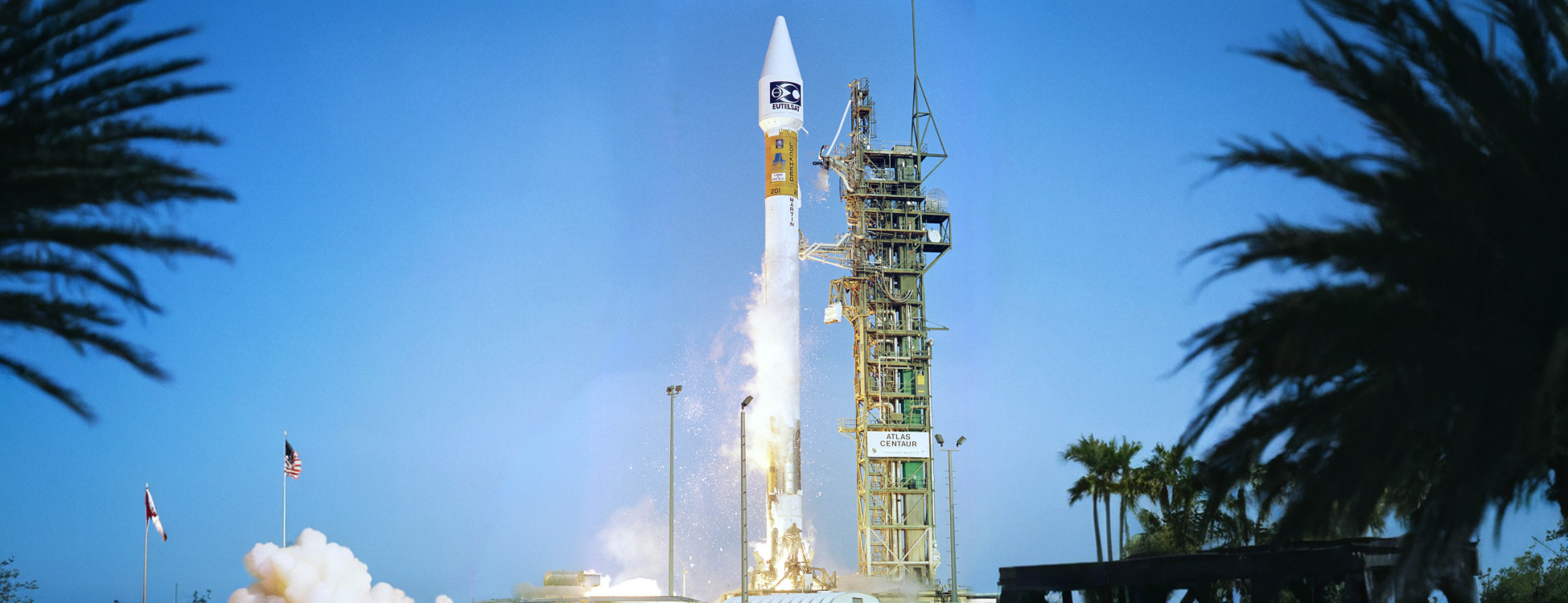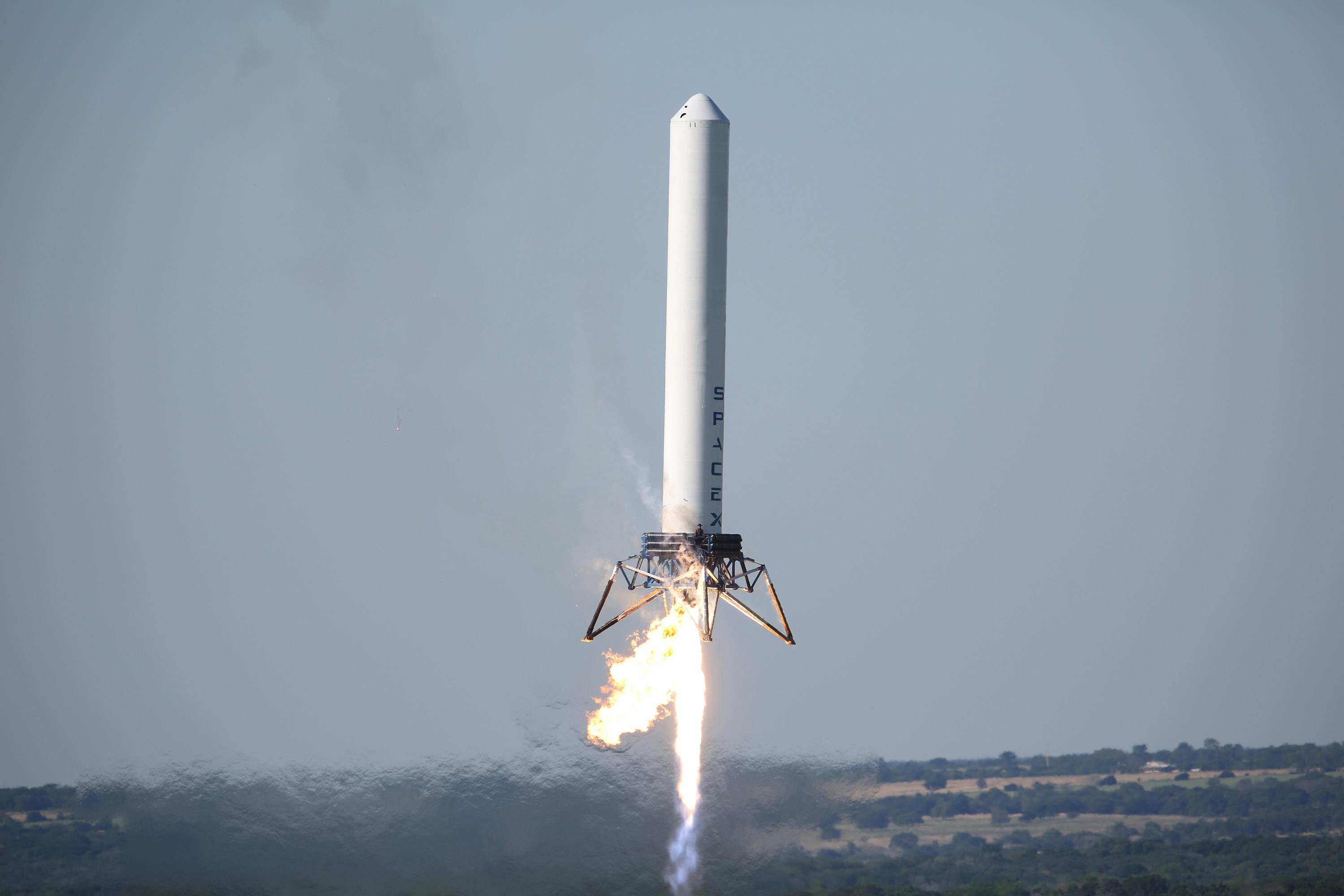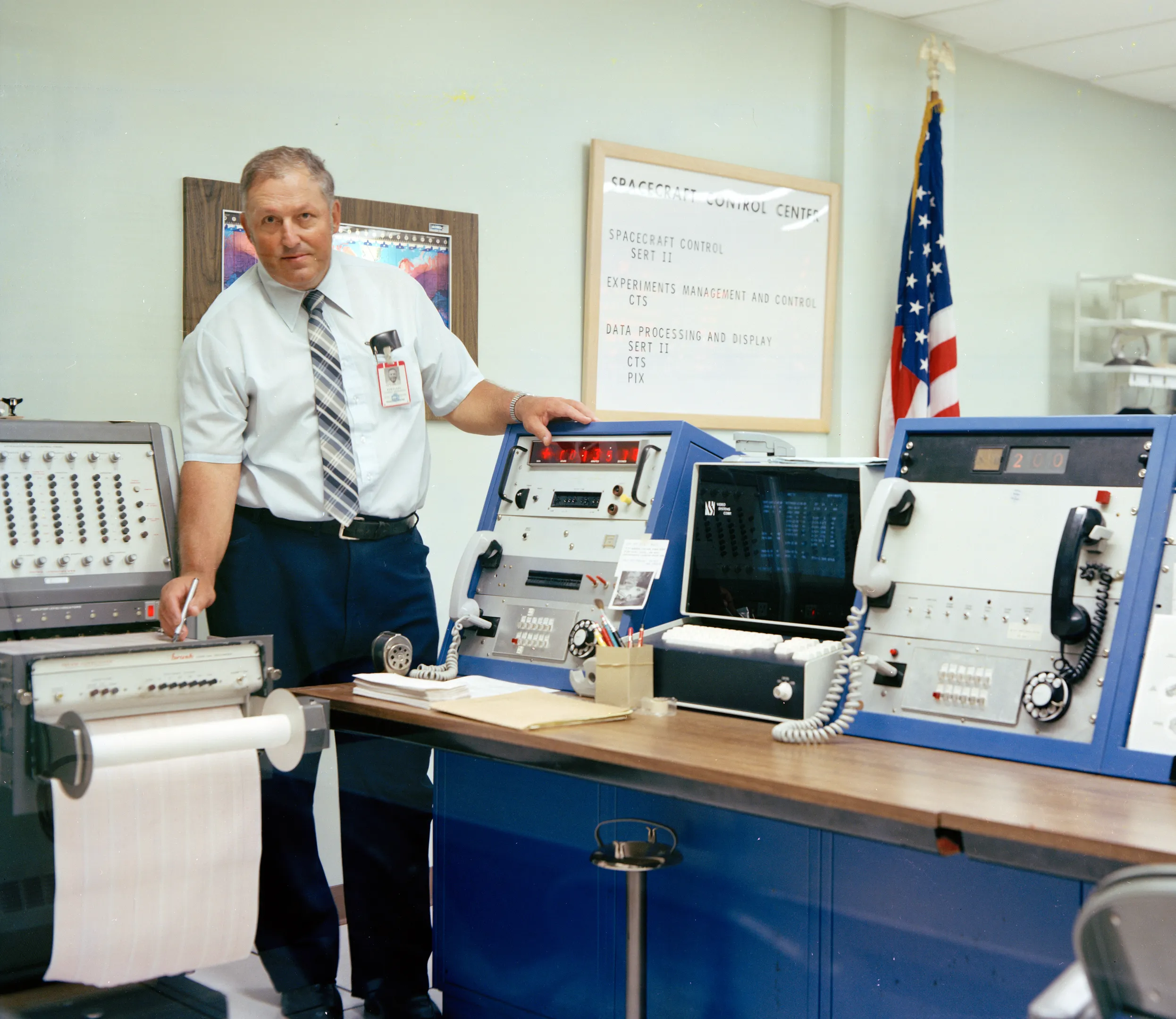· deep dive · 8 min read
Project Vanguard
How the U.S. Navy's Vanguard rocket became a Cold War icon, launched the world's oldest satellite still in orbit, and laid the groundwork for NASA's space exploration efforts.
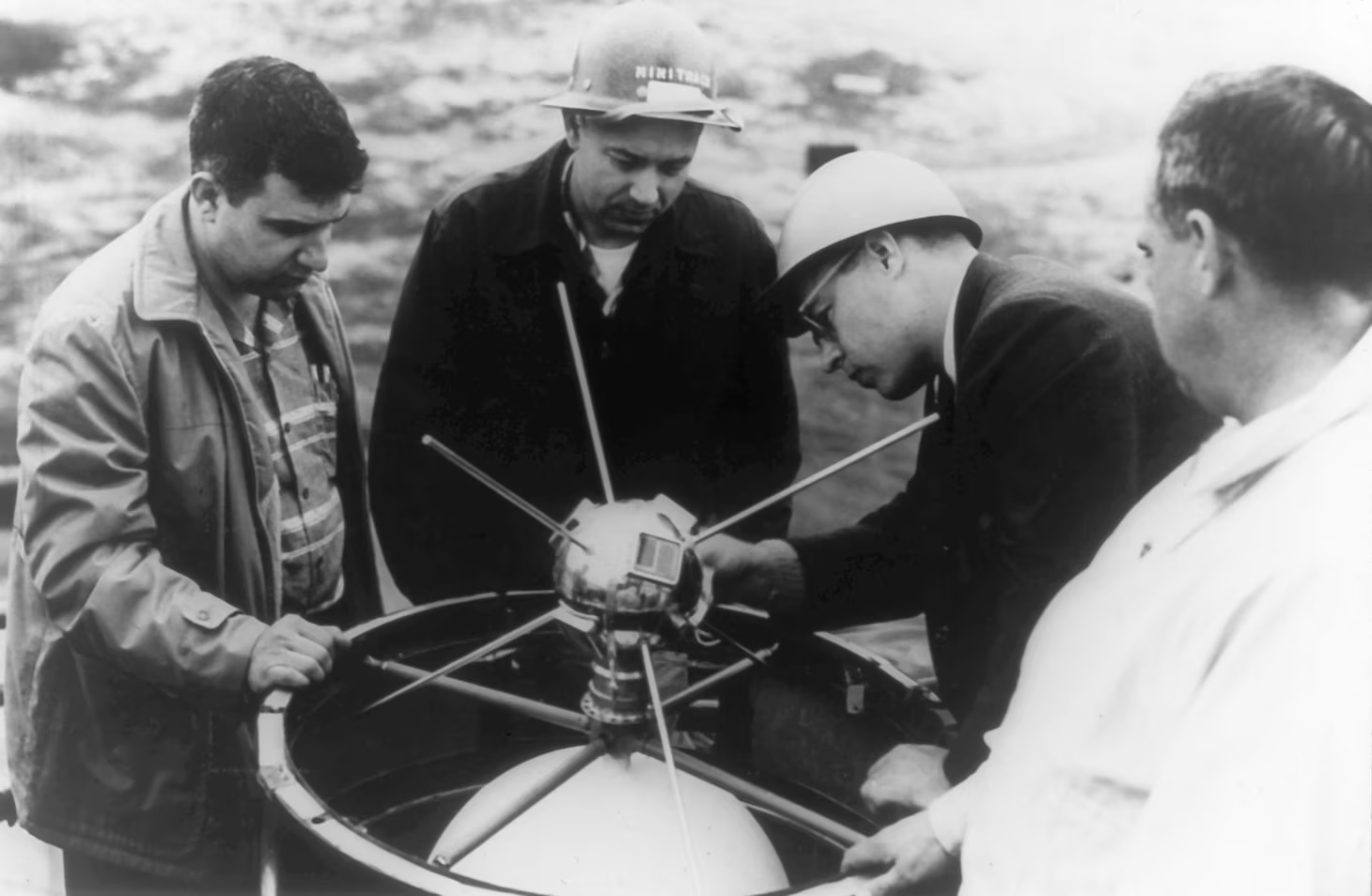
A Rocket Born from Scientific Ambition and Cold War Rivalry
The mid-1950s was a period of intense scientific excitement and geopolitical tension. As the Cold War intensified, both the United States and Soviet Union recognized that space achievements would showcase technological prowess and ideological superiority. It was against this backdrop that Project Vanguard emerged – a bold American initiative that would forever alter the trajectory of space exploration.
Unlike later space programs driven primarily by military objectives, Vanguard began with loftier scientific aims. Initiated in 1955 by the U.S. Navy’s Naval Research Laboratory (NRL), the project sought to launch the first American satellite into Earth orbit during the International Geophysical Year (IGY) of 1957-1958. This global scientific collaboration presented the perfect diplomatic cover for what was, in reality, a crucial move in the emerging Space Race.
“The idea was that if a clearly ‘civilian’ and ‘scientific’ satellite went up first, the Soviets might not object, and thus the precedent would be established that space was above national boundaries,” explained one historian of the program. This strategic framing helped distance Vanguard from military applications while serving broader national security interests.
How Vanguard Won the American Satellite Race (Initially)
What’s often forgotten in space history is that Vanguard wasn’t America’s only option for reaching orbit. In fact, the Department of Defense considered three distinct proposals:
- Project Orbiter: A joint Army-Navy initiative using a multi-stage version of the Army’s proven Redstone missile
- The Vanguard proposal: The NRL’s plan to adapt the Viking research rocket
- An Air Force proposal: Using the yet-to-be-flown Atlas missile
The competition was intense. The Army’s Redstone-based proposal, championed by Wernher von Braun and his team of German rocket scientists, was technologically the most mature and likely to succeed earliest. However, in August 1955, the Stewart Committee (formed to evaluate the proposals) voted 5-2 to select Vanguard.
Why choose the less-proven option? The decision reflected complex political considerations. Vanguard offered civilian management and would employ a rocket with purely scientific heritage. This aligned with President Eisenhower’s desire to establish space as a domain for peaceful exploration. Additionally, using the Viking rocket – which had already sent scientific payloads to the edge of space – wouldn’t divert resources from critical ballistic missile development programs.
As Milton Rosen, NRL project manager for Viking and later chair of the American Rocket Society’s Committee on Space Flight, championed the proposal, Vanguard slowly took shape as America’s official entry in the space race.
Engineering a Path to the Stars
Creating a rocket capable of orbital flight presented enormous technical challenges, especially given the tight timeline. The Vanguard team designed a three-stage vehicle that combined proven components with innovative engineering:
- First Stage: A General Electric X-405 liquid-fueled engine (derived from the Viking rocket) generating approximately 28,000 pounds of thrust using kerosene (RP-1) and liquid oxygen
- Second Stage: An Aerojet General AJ10-37 liquid-fueled engine burning Unsymmetrical Dimethylhydrazine (UDMH) and White Inhibited Fuming Nitric Acid (WIFNA)
- Third Stage: A solid-propellant rocket motor built by Grand Central Rocket Company
Standing approximately 72 feet (21.9 meters) tall with a diameter of 45 inches (1.14 meters), the complete launch vehicle weighed roughly 22,150 pounds (10,050 kg) at liftoff. Unlike many rockets of the era, Vanguard featured no stabilizing fins, instead relying on gimbaled engines in the first and second stages for steering control. The third stage achieved stability through spin, imparted by a turntable mechanism on the second stage before separation.
This sophisticated design could theoretically place satellites weighing up to 25 pounds (11.3 kg) into a 345-mile (555 km) orbit – a modest payload by today’s standards but revolutionary for its time.
Cape Canaveral’s LC-18A
While the Vanguard rocket took shape, construction began on its dedicated launch facility. Cape Canaveral Launch Complex 18A (LC-18A) in Florida was built specifically for the program at a cost of approximately $7 million. Construction began in June 1956, and the Navy accepted the facility in November of that same year.
Between December 1956 and September 1959, LC-18A would host all 14 Vanguard launch attempts – witnessing both heartbreaking failures and historic successes. The complex became ground zero for America’s first forays into orbital spaceflight.
The Vanguard TV-3 Disaster and Recovery
By late 1957, the Vanguard program faced intensifying pressure. On October 4, 1957, the Soviet Union shocked the world by launching Sputnik 1, the first artificial satellite. Just a month later, they followed with Sputnik 2, carrying the dog Laika. America was clearly losing the space race.
With public anxiety mounting, U.S. officials decided to accelerate the Vanguard timeline. Rather than completing the planned test series, they added a tiny 3.25-pound, 6.4-inch diameter satellite to the TV-3 test vehicle – the first Vanguard rocket to fly with all three stages active. This would be America’s first satellite launch attempt.
On December 6, 1957, with the world watching, Vanguard TV-3 rose a few feet from the pad before losing thrust, falling back, and exploding in a spectacular fireball. The satellite was thrown clear and remarkably continued transmitting signals from the ground, but the mission was a very public failure. Press outlets mockingly dubbed it “Flopnik” and “Kaputnik.”
This embarrassing setback opened the door for the Army’s Redstone team. With Eisenhower’s approval, Wernher von Braun’s group quickly prepared their Jupiter-C rocket (a modified Redstone) and successfully launched Explorer 1 – America’s first satellite – on January 31, 1958.
But the Vanguard team persevered. After further failures and refinements, on March 17, 1958, Vanguard TV-4 successfully placed the Vanguard 1 satellite into orbit. Though it came after Explorer 1, this achievement represented the culmination of the original IGY satellite program and vindicated the Vanguard approach.
The World’s Oldest Artificial Satellite Still in Orbit
Vanguard 1 may have been America’s second satellite, but it would set endurance records that remain unbroken today. This tiny aluminum sphere, just 6.4 inches (16.5 cm) in diameter and weighing only 3.2 pounds (1.46 kg), became a technological pioneer.
The satellite contained two transmitters: a 10-milliwatt unit powered by mercury batteries and a 5-milliwatt unit powered by six solar cells mounted on its body – making it the first satellite to use solar electric power. Six spring-loaded aluminum antennas protruded from the sphere, giving it a distinctive appearance.
Vanguard 1 entered an elliptical orbit with a perigee of 406 miles (654 km) and an apogee of 2,466 miles (3,969 km), inclined at 34.25 degrees. Original estimates suggested it might remain in orbit for an astonishing 2,000 years, though later calculations accounting for solar radiation pressure and atmospheric drag during periods of high solar activity reduced this to approximately 240 years.
The satellite transmitted data until 1964, providing valuable information about Earth’s shape and atmospheric density. Scientists discovered the planet has a slight pear shape, with a slight bulge in the Northern Hemisphere – a finding dubbed the “Vanguard Effect.” The satellite’s orbital perturbations also revealed that atmospheric density at orbital altitudes was higher than anticipated.
Remarkably, Vanguard 1 remains in orbit today, making it the oldest human-made object in space. Along with its upper launch stage, this tiny pioneer continues to silently circle Earth – a lasting testament to the Vanguard program’s achievements.
Legacy and Impact
Project Vanguard officially concluded in 1959 after launching three satellites (Vanguard 1, 2, and 3). Of the eleven Vanguard rockets attempted, only three successfully reached orbit – a success rate reflecting the immense challenges of early spaceflight.
Despite its mixed record, Vanguard’s technological contributions proved enduring. The second stage design served for decades as the Able and later Delta second stage on subsequent satellite launch vehicles. The AJ10 engine was adapted into the Apollo Service Module engine and later modified for use on the Space Shuttle for orbital maneuvers. Modern versions have even been incorporated into NASA’s Orion spacecraft.
Perhaps most significantly, Vanguard laid organizational groundwork for America’s civilian space program. In 1958, the National Aeronautics and Space Administration (NASA) was established, and many Vanguard team members transferred to the new agency. They formed the nucleus of the Goddard Space Flight Center in Greenbelt, Maryland, which opened in 1959.
As Project Vanguard leader John P. Hagen, who later became NASA’s assistant director of space flight development, noted, “The Vanguard group brought to NASA not only technical skills but also the cultural values of scientific research.” This scientific ethos would influence America’s space program for decades to come.
Small Rocket, Enormous Impact
The Vanguard program, despite its tumultuous journey, fundamentally transformed America’s approach to space. From its origins as a purely scientific endeavor to its pivotal role in Cold War competition, Vanguard established crucial precedents for peaceful space exploration while developing technologies that would enable future achievements.
When Vanguard 1 reached orbit in March 1958, it did more than just place a tiny sphere in space – it demonstrated America’s commitment to space as a frontier for scientific discovery. The program’s legacy lives on not only in the tiny satellite that continues to orbit Earth but in the institutional knowledge, technological innovations, and exploratory spirit that helped launch humanity’s greatest adventure.
As we look to today’s space achievements – from Mars rovers to commercial spaceflight – we can trace their lineage back to those early, tentative steps taken by the Vanguard program. In the grand constellation of space history, Vanguard shines as one of the brightest pioneering lights.
References

Theodore Kruczek


